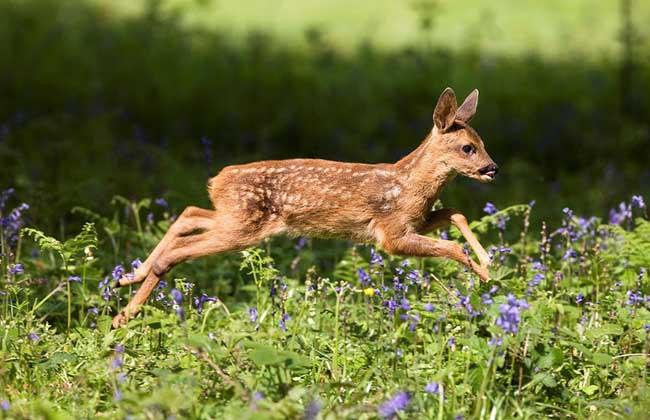Makiko picture

Yuzi, also known as dwarf deer, wild sheep, roe deer, roe deer and so on, is a herbivore of the subfamily Cervaceae. It is one of the common wild animals in Northeast China with high economic value. It has been listed in the list of terrestrial wildlife under national protection or with important economic and scientific research value, mainly distributed in Northeast, Outer Northeast, Siberia, Europe and other places.
The body length is 100-140 cm, the tail length is only 2-3 cm, the body weight is 50-80 kg, the male is slightly larger, the nose is naked, the eyes are large, there are suborbital glands, the ears are short and wide and round, the inner and outer hairs are both inside and outside, the neck and limbs are longer, the hindlimbs are slightly longer than the forelimbs, the hooves are narrow, the glands are long, the tail is very short, hidden in the body hair, the male has horns, short horns, only trigeminal, no eyebrow forks, the trunk is about 9 cm from the base, and the tip of the anterior branch is upward. The posterior branch is further divided into two branchlets, one of which is pointed upward, the other is backward and inward, there is a circle of rough surface nodules at the base of the corner, and there are also many nodules on the trunk.
The winter hair is uniform grayish white to light brown, the kiss is brown, the nose is black, the cheeks are yellowish brown, the ear base is yellowish brown, the back of the ear is grayish brown, the ear is yellowish and nearly white, the ear tip is black, the forehead, neck and body back are dark brown and slightly brownish, the lower jaw is yellowish, the throat is grayish brown, the abdomen is yellowish, and the outer limbs are sandy yellow. The inner side is light, the tail is light yellow, there are obvious white spots on the buttocks, the summer hair is short and thin, it is pure yellowish brown from the mouth to the tail and the dorsal side of the limbs, the dorsal midline is deeper, and the ventral side is yellowish from the chest, the groin and even the inside of the limbs.
Most of them live in sparse forest belts and move in river valleys and gentle slopes (usually no more than 2400 meters above sea level). They are timid in nature, live in dense forests during the day, and only move in open pastures or bushes in the morning and evening. Their traces are widely distributed in the three provinces of northeast China.
Related
- A course of planting techniques and methods on how to grow carrots
- How to plant the latest tulips?
- Is it better to pick tea in the morning or in the afternoon? When is the best time for tea to be picked? what is the third or fifth tea?
- Launch Yuanxiao Happy combination Haocha + Tea Yuan healthy Taste
- Penghu Tourism "Fireworks 20 Parade with You"
- 2022 West Lake Happiness holds "Digital Revitalization Voucher" and draws iphone13 and laptop.
- Banqiao Fuzhou social houses are designed to change start-up combined with police elimination to create a safe and livable environment
- The convenient measure of "mechanical weeding" in Xinbei has been abused and the Agriculture Bureau has imposed heavy penalties on the illegal land consolidation.
- Changgeng University Joins Hands with Four Memory Factories to Rescue Memory Talent Shortage
- The list of Taiwan's top 100 MVP managers is listed by the Director-General of the Farmers' Association of Sanxia District.



